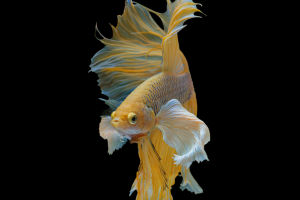Hi Lykkers! Dragonflies are not only wonders of the natural world but also carry with them a suitcase full of intriguing and fun facts that make them a favorite subject among nature enthusiasts. Dragonflies possess extraordinary vision, facilitated by their unique compound eyes, which are comprised of up to 30,000 individual lenses.
This complex eye structure grants them a panoramic view of their surroundings, enabling them to detect even the most subtle movements. This all-encompassing vision is essential for their prowess as predators, allowing them to spot potential prey from various angles.
Ancient Flyers
These insects are venerable inhabitants of the earth with an evolutionary history that stretches back over 300 million years, even predating the dinosaurs. The ancient variants of these insects were significantly larger than their modern counterparts, boasting wingspans that could reach up to two feet.
Master of the Air
Dragonflies are the acrobats of the insect world; they can hover in a single spot, fly backwards, and execute sudden turns and dives with astonishing precision. This aerial agility is unparalleled among insects and is crucial for their role as predators, enabling them to snatch prey directly from the air with astounding accuracy.
Symbol of Purity
In many cultures, dragonflies are symbols of purity and change because of their association with water (where they spend a large part of their life cycle). They often represent transformation and the deeper understanding of the meaning of life.
Speedy Sprinters
Dragonflies can reach flying speeds of up to 35 miles per hour, ranking them among the fastest insects. This remarkable speed not only aids them in hunting but also in evading predators, making them formidable survivors in the wild.
A Lifespan of Change
While the adult dragonfly lives for only a few weeks to months, they begin their lives as nymphs in the water, where they can remain for up to two years. In their life
Dragonflies are fascinating creatures that combine ancient history, unique biological features, and significant cultural symbolism, offering endless fun facts and insights into the complexity of nature's designs.


